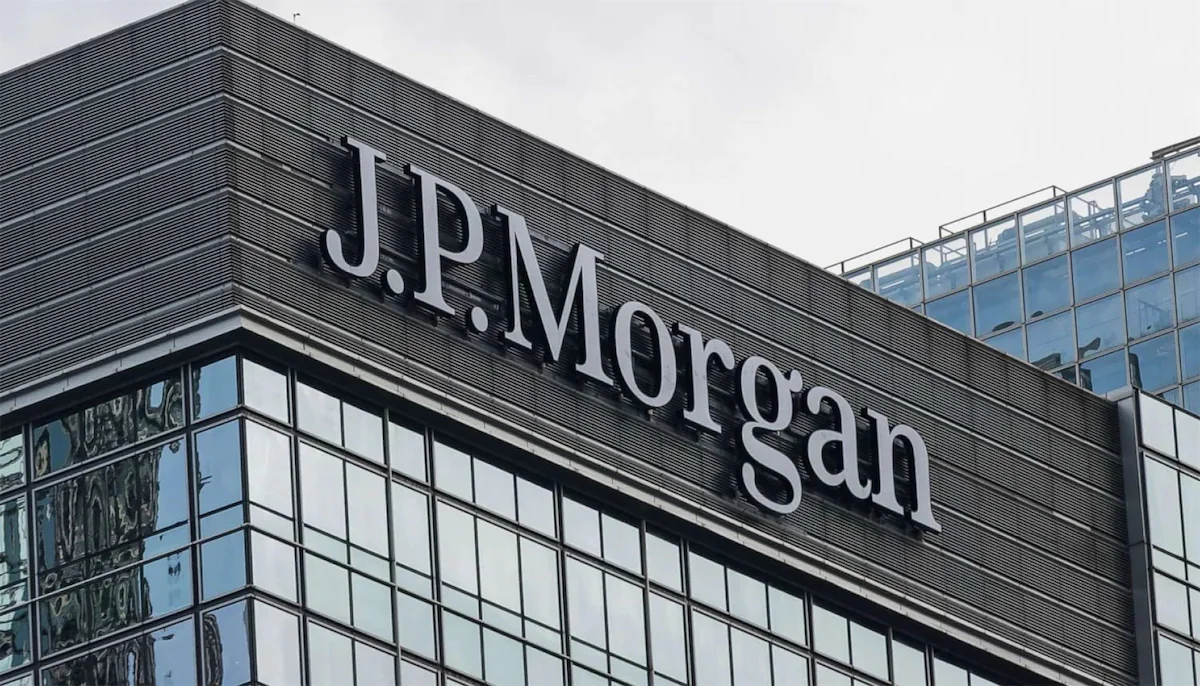What is J.P. Morgan?
J.P. Morgan is a leading global financial services firm, operating in investment banking, financial services, and wealth management. Founded in 1871 by financier J. Pierpont Morgan, the firm is known for its pivotal role in shaping modern finance. It later merged with Chase Manhattan Bank in 2000 to form JPMorgan Chase & Co., one of the largest financial institutions in the world.
General Introduction about J.P. Morgan
- Company Name: J.P. Morgan Chase & Co.
- Date of Establishment: 1871 (J.P. Morgan & Co.), merged with Chase Manhattan in 2000.
- Founder: J. Pierpont Morgan
- Head Office: New York City, USA
- Mission: To provide exceptional financial services and solutions to individuals, corporations, and governments worldwide.
- Vision: To be the most respected financial services firm in the world, promoting innovation and responsible growth.
What Does J.P. Morgan Operate In?
J.P. Morgan operates in a wide range of financial sectors, including:
- Investment Banking: Leading services in mergers and acquisitions, underwriting, and financial advisory.
- Commercial Banking: Lending, treasury services, and international banking for businesses.
- Wealth Management: Asset management and private banking services.
- Consumer Banking: Retail banking under the Chase brand, offering credit cards, mortgages, and savings accounts.
- Technology: Developing cutting-edge financial technologies for global markets.
- Target Market: J.P. Morgan serves a global clientele that includes individuals, corporations, governments, and institutional investors across more than 100 countries.
Highlights of J.P. Morgan
- Historical Importance: J.P. Morgan played a crucial role in financing key U.S. industries like railroads, steel, and utilities, and helped stabilize the U.S. economy during financial crises in the late 19th and early 20th centuries.
- Global Influence: J.P. Morgan Chase is a leader in investment banking, consistently ranking as one of the largest and most profitable financial institutions globally.
Development Process of J.P. Morgan
- 1871: J.P. Morgan & Co. is founded, initially focusing on merchant banking and acting as an American agent for European businesses.
- 1907: J.P. Morgan helps stem a financial panic, acting as a de facto central bank for the U.S. before the establishment of the Federal Reserve.
- 1935: J.P. Morgan spins off its investment banking arm, leading to the creation of Morgan Stanley after the Glass-Steagall Act.
- 2000: The firm merges with Chase Manhattan to form JPMorgan Chase & Co., expanding its reach in both commercial and investment banking.
- 2020s: J.P. Morgan continues to innovate in digital banking and fintech, maintaining its position as a global financial leader.
Leadership Team of J.P. Morgan
J.P. Morgan’s leadership is anchored by its CEO and Chairman, Jamie Dimon, who has been with the firm since 2005. Under Dimon’s leadership, the firm has navigated the 2008 financial crisis and continues to expand its global footprint.
Culture and Working Environment
J.P. Morgan fosters a culture of excellence, innovation, and ethical responsibility. The firm places a strong emphasis on career development and diversity, regularly earning recognition for its workplace environment and commitment to employee growth.
Partners and Customers
J.P. Morgan serves major global corporations, governments, and high-net-worth individuals. Its long-standing relationships with clients span multiple industries, including technology, energy, healthcare, and infrastructure.
Future Orientation and Plans
J.P. Morgan is focused on expanding its digital and fintech capabilities, with investments in blockchain, AI, and cybersecurity. The firm also plans to enhance its environmental, social, and governance (ESG) initiatives, aiming for a sustainable and responsible approach to finance.
Contributions to the Community
The firm is deeply committed to corporate social responsibility. Through its foundation and community outreach programs, J.P. Morgan invests billions in affordable housing, small business support, and job training for underserved communities. It also leads efforts in environmental sustainability and reducing the carbon footprint of its operations.
Conclusion
J.P. Morgan has evolved from a private merchant bank into a global financial powerhouse, providing essential services across a wide range of sectors. With its rich history, forward-looking innovations, and commitment to social responsibility, J.P. Morgan remains at the forefront of the global financial industry.
